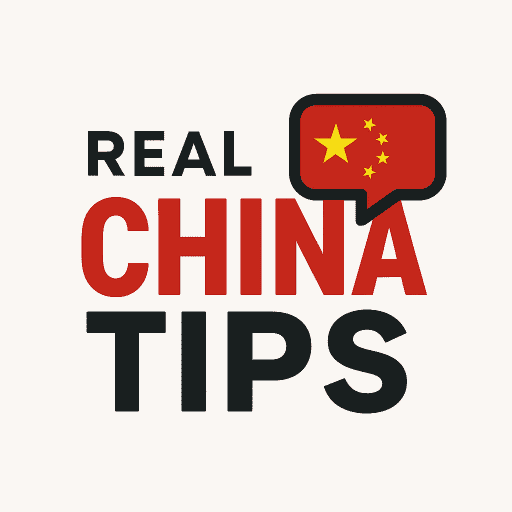When you’re hungry in China but not ready to face a crowded restaurant or play menu roulette, food delivery is a lifesaver 🍜. But using apps like Meituan (美团) and Ele.me (饿了么) as a foreigner? That’s a whole other story.
From addresses that confuse the app to phone calls from delivery guys speaking rapid Mandarin, it can get a little stressful. Here’s how to survive—and actually get the food you want delivered to your door.

1. The Two Big Apps: Meituan vs. Ele.me
China’s food delivery market is dominated by two giants:
- Meituan (美团) – More popular overall, especially for local eats
- Ele.me (饿了么) – Often has better UI and more promotions
Both apps are mostly in Chinese, though Ele.me sometimes offers partial English if your phone’s language is set to English. Don’t expect miracles.
2. Can You Even Register?
To register, you usually need a Chinese phone number. Some tricks that might help:
- If you don’t have a local SIM yet, try using WeChat or Alipay login—some accounts allow access through those
- Consider asking a friend to help set up your profile and address
3. Entering Your Address: The Hardest Part
This is where most foreigners get stuck. Chinese addresses go from large to small (province → city → district → building → apartment).
Here’s how to do it right:
- Use the map pin feature: drag the pin to your building
- Write your address in Chinese if possible, or ask someone to do it for you
- Include gate codes or floor numbers in the “备注” (notes) section
💡 Pro Tip: Take a screenshot of your address so you can copy/paste it across apps.
4. Placing an Order
Most items on the app will be in Chinese, including the food names and categories. You can:
- Use a translation app (like Google Lens or Pleco OCR) to scan menus
- Tap around to find images—many restaurants include photos
- Stick with chain restaurants (like KFC, McDonald’s, or Luckin Coffee) if you’re unsure
5. Watch Out for Common Pitfalls
- 套餐 (set meals) might include drinks or extras you don’t want
- 加饭/加料 = add rice or toppings (can cost extra)
- 默认辣 – many dishes are spicy unless otherwise noted
If you don’t want spice, write “不要辣” (bù yào là) in the notes.
6. What Happens After You Order?
You’ll see a tracking screen showing where your delivery person (骑手 qíshǒu) is. You may also get a phone call if:
- They can’t find your address
- You didn’t answer the door
- Something is out of stock
If you don’t speak Chinese, you can say: “我不会说中文,请发短信” (wǒ bú huì shuō zhōngwén, qǐng fā duǎn xìn) = “I don’t speak Chinese, please text.” Or send a message using translation apps.
7. Payment Options
Most apps accept:
- WeChat Pay
- Alipay
- Linked Chinese bank cards
Foreign cards are not accepted directly. You’ll need to link a payment method through WeChat or Alipay, which usually requires a Chinese bank account.
8. Refunds and Customer Support
If your food doesn’t arrive or is wrong, refunds are possible—but not always easy. Use in-app chat or call support (likely in Chinese).
If you’re persistent and polite, and explain clearly (even in translated text), support usually helps.
Final Thoughts
Ordering food in China as a foreigner isn’t impossible—it just takes some patience, creativity, and a few saved phrases 😅. Once you get it set up, it becomes a game-changer for lazy nights or rainy days.
And once you figure it out, you’ll wonder how you ever lived without it 🍱
This article was originally written by Author. If you wish to share it, please link back to the original post: https://realchinatips.com/chinese-food-delivery-apps/
